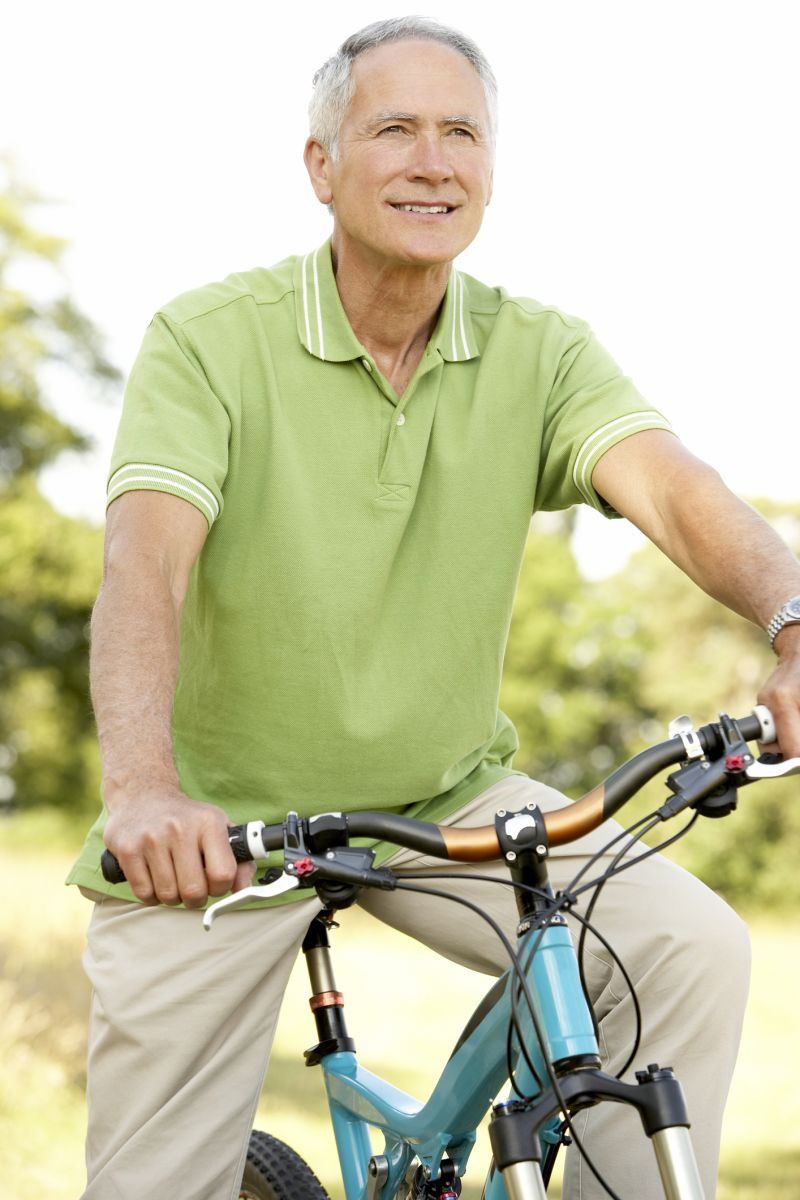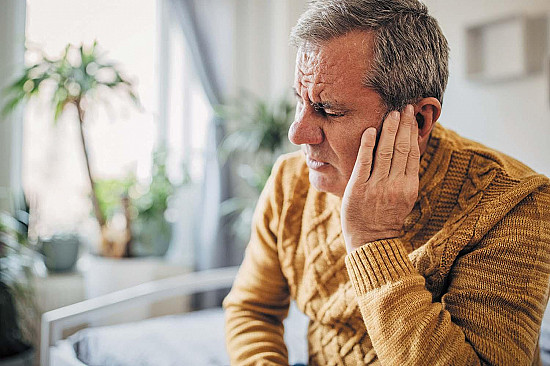
5 timeless habits for better health

What are the symptoms of prostate cancer?

Is your breakfast cereal healthy?

When pain signals an emergency: Symptoms you should never ignore

Does exercise give you energy?

Acupuncture for pain relief: How it works and what to expect

How to avoid jet lag: Tips for staying alert when you travel

Biofeedback therapy: How it works and how it can help relieve pain

Best vitamins and minerals for energy

Should you take probiotics with antibiotics?
Can cycling cause erectile dysfunction?
It is possible that riding a bike may cause temporary ED, but there are ways to protect yourself.
 Cycling is a great low-impact exercise, which is ideal for many older men. But can putting in miles in the saddle cause temporary erectile difficulties? It depends.
Cycling is a great low-impact exercise, which is ideal for many older men. But can putting in miles in the saddle cause temporary erectile difficulties? It depends.
According to a Harvard Special Health Report, Erectile Dysfunction: How medication, lifestyle changes, and other therapies can help you conquer this vexing problem, the Massachusetts Male Aging Study found that in certain circumstances, bike riding can damage nerves and compress arteries in the penis, which may lead to erectile problems. The risk was highest among men who cycled more than three hours a week.
The reason cycling may cause ED is that the seat puts constant pressure on the perineum—the area between the genitals and anus. This pressure can harm nerves and temporarily slow blood flow, which causes tingling or numbness in the penis and, eventually, ED.
But is cycling and ED a serious problem?
A 2014 observational study in the Journal of Men's Health found that cycling did not pose a serious threat of ED or infertility. The researchers had about 5,300 male cyclists complete questionnaires that asked how many hours per week they rode and whether, within the past five years, they had experienced symptoms of ED, or been diagnosed with infertility. The results found no clear connection between high amounts of cycling and ED or infertility.
However, if you are still concerned about the risks of cycling and ED, research suggests focusing on three areas: saddle shape, handlebar height, and type of bike.
Saddle shape. One study in European Urology found that narrow seats and narrow seats with a V-shape in the saddle nose decreased oxygen to penis by 82.4% and 72.4%, respectively. Get a wide, well-padded saddle to absorb the impact of the ride. A gel-filled seat is a good choice. Also choose a seat with a nose length no longer than 6 centimeters, suggests a 2014 study in Applied Ergonomics.
Handlebar height. A study in The Journal of Urology found handlebar height parallel with or higher than the saddle increased the risk of ED compared with handlebars height lower than saddle height. Visit a local bike shop to get properly fitted. This will ensure you have the ideal seat and handlebar height that places minimal pressure on the perineum.
Bike type. Another study found that riding a recumbent bike—which places the rider in a laid-back reclining position—did not cause the same dramatic (though temporary) drop in oxygen supply to the penis that riding a conventional bicycle did. This does not mean you have to give up riding a traditional upright bike just to protect against possible ED, but this might be an option if you also battle regular back or neck pain, or other issues that interfere with regular bike riding.
Be mindful that if you feel tingling or numbness in your penis after rides, stop riding for a week or two. These are warning signs that your cycling could lead to erectile problems. Also, always take regular breaks during long rides and wear padded bike shorts for extra protection.
– By Matthew Solan
Executive Editor, Harvard Men's Health Watch
To learn more about the causes of erectile dysfunction and get a comprehensive review of ED treatments, buy the Harvard Special Health Report Erectile Dysfunction: How medication, lifestyle changes, and other therapies can help you conquer this vexing problem .
Disclaimer:
As a service to our readers, Harvard Health Publishing provides access to our library of archived content. Please note the date of last review or update on all articles.
No content on this site, regardless of date, should ever be used as a substitute for direct medical advice from your doctor or other qualified clinician.

5 timeless habits for better health

What are the symptoms of prostate cancer?

Is your breakfast cereal healthy?

When pain signals an emergency: Symptoms you should never ignore

Does exercise give you energy?

Acupuncture for pain relief: How it works and what to expect

How to avoid jet lag: Tips for staying alert when you travel

Biofeedback therapy: How it works and how it can help relieve pain

Best vitamins and minerals for energy

Should you take probiotics with antibiotics?
Free Healthbeat Signup
Get the latest in health news delivered to your inbox!
Sign Up




